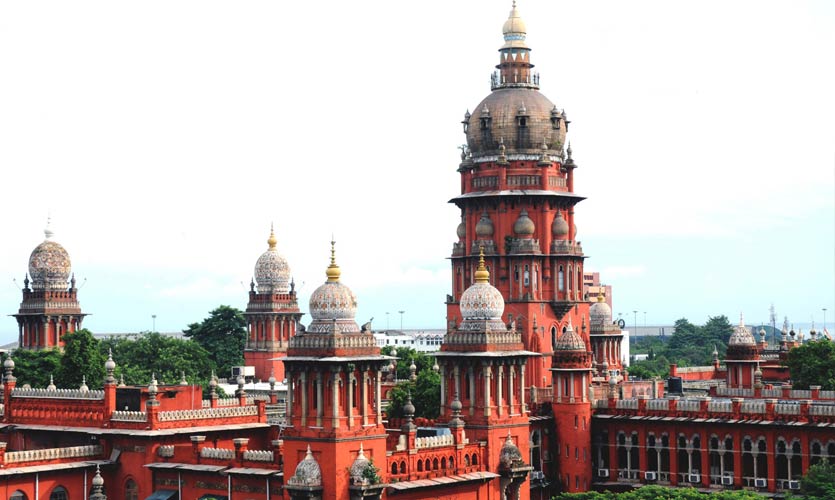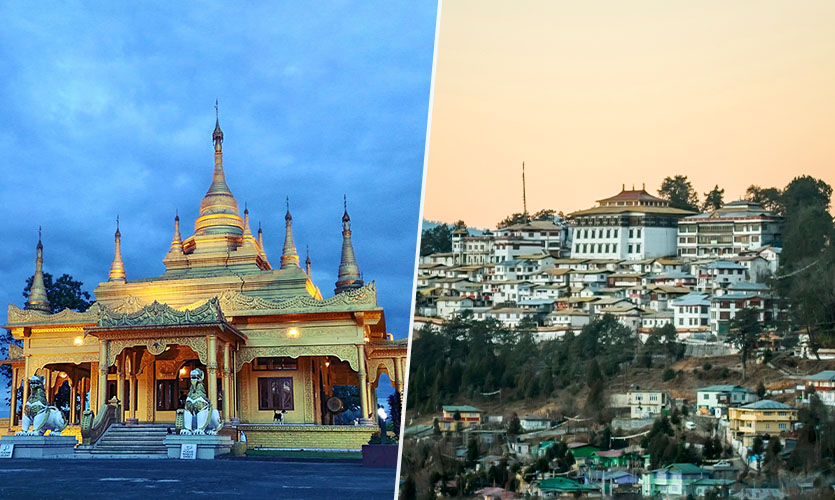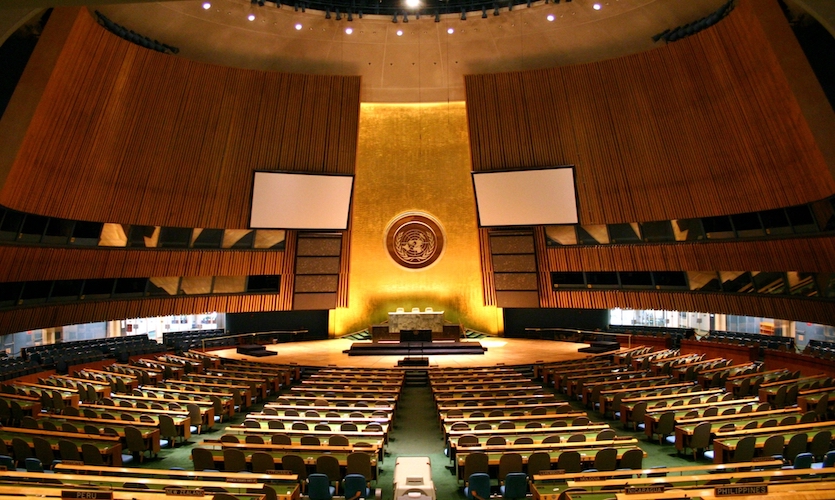The Madras High Court, on September 16, stayed the operation of sub-clauses of a key provision of the recently introduced Information Technology Rules 2021. Underlining that the right to freedom of speech and expression is key for any democracy, the court observed that there was prima facie substance in the petitioners’ contention that the control mechanism invoked through the provision of the IT rule will rob the media of its independence and democratic principal.
This is the second time within approximately a month that a High Court has ruled against the IT rules. The Information Technology (Guidelines for Intermediaries and Digital Media Ethics Code) Rules, 2021 was enacted in May to enable the central government to regulate the contents on social media and digital media platforms through an oversight mechanism.
Staying the operation of sub-clauses 9 (1) and 9 (3) of Rule 9, the Bench comprising Madras HC Chief Justice Sanjib Banerjee and Justice P.D. Audikesavalu observed, “Prima facie, there is substance to the petitioner’s grievance that the oversight mechanism to control the media by the Government may rob the media of its independence and the fourth pillar of democracy may not at all be there.”
The provision was challenged in the court by the Digital News Publishers Association, which comprises of 13 leading media houses including ABP Network Private Limited, Amar Ujala Limited, DB Corp Limited, Express Network Pvt. Ltd., HT Digital Streams Ltd., IE Online Media Services Pvt. Ltd., Jagran Prakashan Limited, Lokmat Media Private Limited, NDTV Convergence Limited, TV Today Network Limited, the Malayala Manorama Co. Ltd., Times Internet Limited and the Ushodaya Enterprises Private Limited.
“For understandable reasons, the petitioners are wary of the oversight mechanism of the Central Government as indicated in the final tier of the process of regulation,” the Madras High Court Bench noted.
Rule 9 of IT Rules, 2021, suggests the formation of a grievance redressal mechanism. According to sub-clause 1 of the rule, a portal should be set up by the Ministry of Information and Technology for receiving grievances against media platforms. Its sub-clause 3 establishes that an acknowledgement of every complaint must be generated within 24 hours from when the complaint is filed, and it will be referred to the concerned media platform and the ministry for record.
The Madras High Court also examined Rule 3 (1) (c), according to which, users won’t be able to access a media platform if it does not comply by the provisions of grievance redressal. “Though the petitions have been brought by hosts of website platforms, social media platforms on the website are used by one and sundry and there is a genuine apprehension, as the petitioners’ suggest, that a wink or a nod from appropriate quarters may result in the platform being inaccessible to a citizen,” it stated.
The Bombay High Court, on August 14, had also stayed the same sub-clauses of Rule 9, stating that they are “manifestly unreasonable and go beyond the IT Act, its aims and provisions”. “The indeterminate and wide terms of the Rules bring about a chilling effect qua (regarding) the right of freedom of speech and expression of writers/editors/publishers as they can be hauled up for anything if the authorities so wish,” noted the Bombay HC.
The Centre had defended the legality of the IT Rules and argued before the Delhi High Court that the new rules intend to “prevent misuse of the freedom of press” and will safeguard citizens from fake news in the largely unregulated digital media platform. The Centre noted that while the right to freedom of speech and expression – including freedom of press – is crucial for a democratic nation like India, citizens “cannot be treated as passive consumers”.
Read more: Centre Backs IT Rules, Says Will Prevent Misuse Of Freedom Of The Press
“IT Rules seek to prevent the misuse of the freedom of press by empowering the audience with a mechanism to raise their grievances related to the content being published by the digital news publishers through a grievance redressal mechanism with an emphasis on the self-regulatory architecture for digital news publishers, and are therefore not only within the ambit of the Act, but also fulfil the object sought to be achieved by the (IT) Act,” the Centre had mentioned in its affidavit submitted before the Delhi HC.
Petitions have been filed against the IT Rules at several High Courts in the country. The Madras HC in its latest hearing observed that the Bombay HC’s stay order on the provisions of the IT Rules should apply across the country. However, the Centre has recently filed a petition before the Supreme Court seeking a transfer of all cases from the various High Courts – including the Bombay and Delhi High Court – to the apex court. The Centre’s plea is likely to be heard by the Supreme Court after six weeks. In early September, during the hearing of the plea seeking effective regulation of media, the apex court assured the Centre that it will be hearing its plea and asked them to look into the regulations of social and digital media, citing that the TV and print media have self-regulation as well as statutory regulations.










